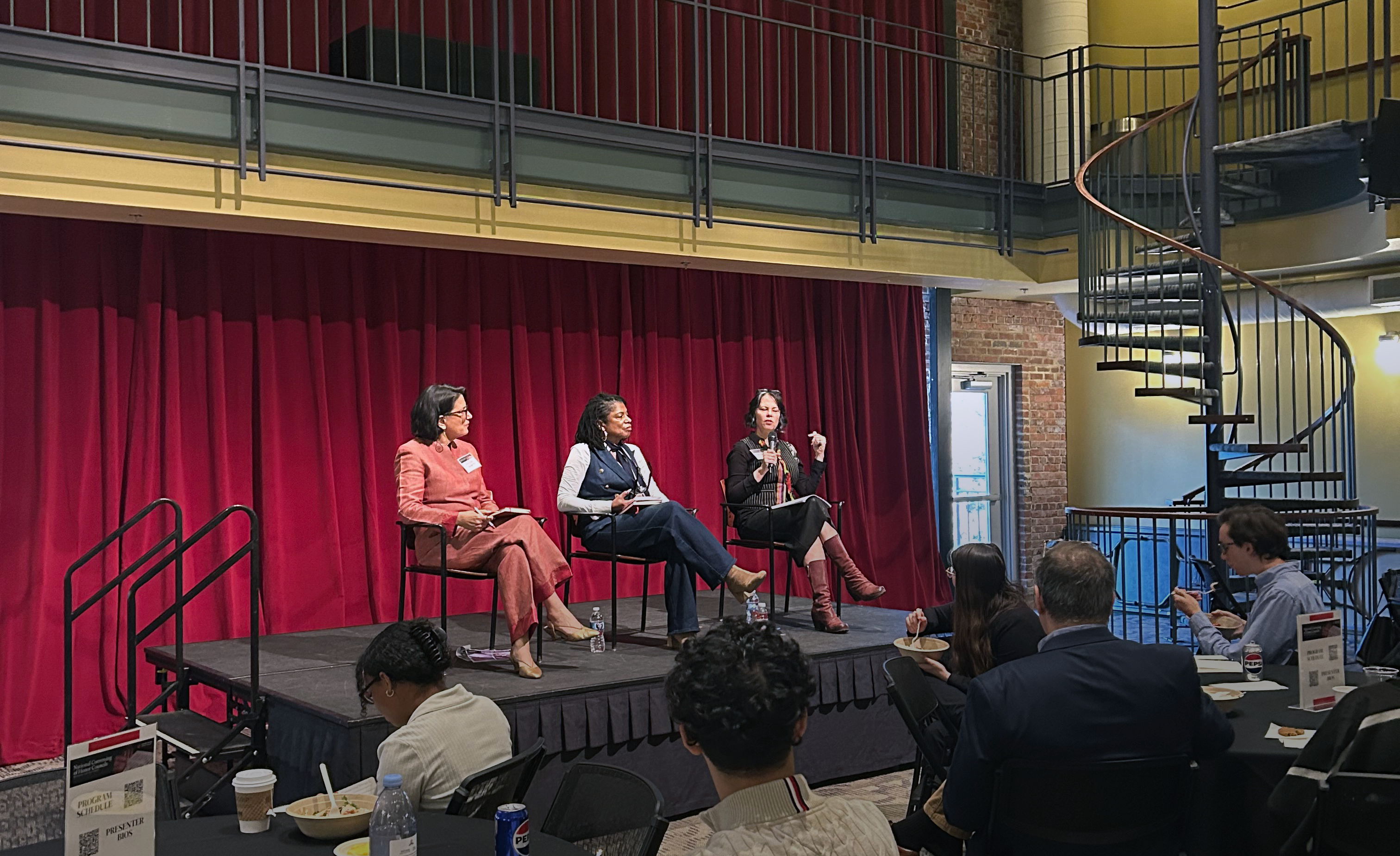Alumnus Focus: Jack Clark ’42 Makes Aviation Safety History
January 27, 2014
If you've ever boarded an airplane without setting foot on a blistering tarmac, enjoyed a safe take-off in a 200,000-pound jet during stormy weather, survived mid-flight turbulence at 30,000 feet with only a sloshed cocktail, or landed on a slippery runway in gusty crosswinds and lived to tell the tale–thank Jack Clark '42.
Clark's contributions to aviation have helped make air travel a modern marvel.
Clark said in an October interview he is especially pleased with the safety record that American commercial aviation is currently enjoying: nearly five years without a passenger fatality.
The dawn of the DC-3 age marked the beginning of Clark's long and storied career as a pilot for American Airlines.
In 1963, in the wake of a rapid succession of deadly jet disasters precipitated by inclement weather, Clark addressed the leaders of 11 major airlines with blunt talk about the physics of jet safety.
He detailed his theories about wind shear, wing sweep, aero-elasticity, negative g-forces, rudder flap screws, and the phenomenon of pilot overcontrol. The dire safety message wasn't popular, but ultimately the brass listened. Mechanical and procedural changes across the industry followed, resulting in a steep decline in the rate of crashes.
In 1964, Clark received a Distinguished Service Award from "Aviation Week & Space Technology" magazine and the Flight Safety Foundation.
"Later on, I had to ask myself, Jack, how in the hell did you know this stuff?" he said.
Davidson Days
John Blue Clark came to Davidson from his family's namesake town of Clarkton, N.C., Down East in Bladen County. Clarkton is the genealogical origin of many Davidson alumni before and since, including Clark's two sons and his nephew, the late Robert Clark Whitton '66, longtime visiting professor of mathematics.
"Davidson taught me to question and seek," he said, "all while I was trying to catch up to all those people smarter than I was!"
Already an experienced pilot by the time he graduated, Clark went to work as an Army Air Corps instructor in Bennettsville, S.C., where he trained some 50 pilots in two years. He recalled a day off from his duties, when he performed a slow roll over his family's Clarkton homestead-10 feet off the ground-while his mother watched.
At Bennettsville, he would make his pilot trainees practice "outside rolls," an acrobatic form that induced negative g-forces and thus made for a do-or-die set of cockpit skills learned on the fly. Practice, practice, practice, he'd tell them of every sequence.
"I'd tell 'em to go up there for an hour and spin and recover, spin and recover, until they learned how to stay off that rudder," he said. "You get a great respect for your airplane that way."
Career Highs
After Bennettsville, Clark flew the North Atlantic route (New York, London, Paris, Casablanca) for the army's Air Transport Command. Passengers ranged from Bataan Death March survivors to Marlene Dietrich on a USO tour.
Home after the war, Clark's new job with up-and-coming American Airlines took him to hubs in El Paso, Memphis, Boston and New York. He and his young family were early residents of Levittown, N.J., often cited as the first American suburb. There, as "a handsome and cleancut specimen," according to "Greensboro (N.C.) Daily News" writer Dan Bishop in 1955, Clark found sideline success in insurance sales to support his growing family: his late wife Jacquelyn, sons John B. "Chip" '69 and William '73, and daughter Ann.
On his way to a career high of 27,000 logged hours (more than three solid years in the cockpit), Clark stayed abreast of and helped define industry standards.
A few career highlights: Clark chaired the eight-man committee that designed the first jet bridge for the Boeing 707 in 1957. He flirted with Esther Williams, back in the day when pilots were apt to amble about the aircraft when movie stars were aboard. He hit the campaign contrail with Richard Nixon and Henry Cabot Lodge Jr. in 1960, as well as flying press planes for Presidents Eisenhower and Kennedy. He set a commercial speed record from Detroit to New York in a little over 52 minutes in 1965. He served as an early tester of the Boeing 747 jumbo jet. He authored many papers and delivered countless talks on wind shear, turbulence and crosswind landings, saving many lives in the process.
Today, he still gives the occasional aviation talk in his retirement center in Raleigh when he's not meeting someone for lunch at the country club, or firing up his 20-year-old Camry wagon for a solo road trip to visit Davidson, which he did in October at age 92, safely.
But if any of this sounds like bragging, let Clark be frank: "I relate any of the success I've had to the opportunities I've had in my life. I grew with aviation knowledge."
And aviation knowledge grew with Jack Clark.
Through it all, he stayed grounded: "It made my life, it paid my bills, and I'm thankful."



